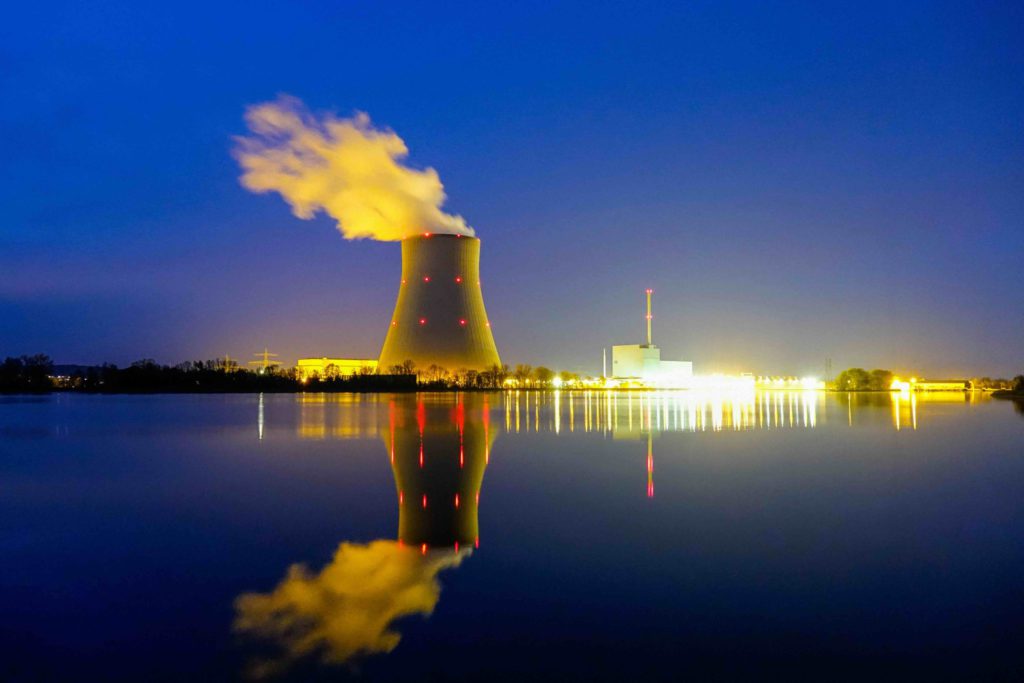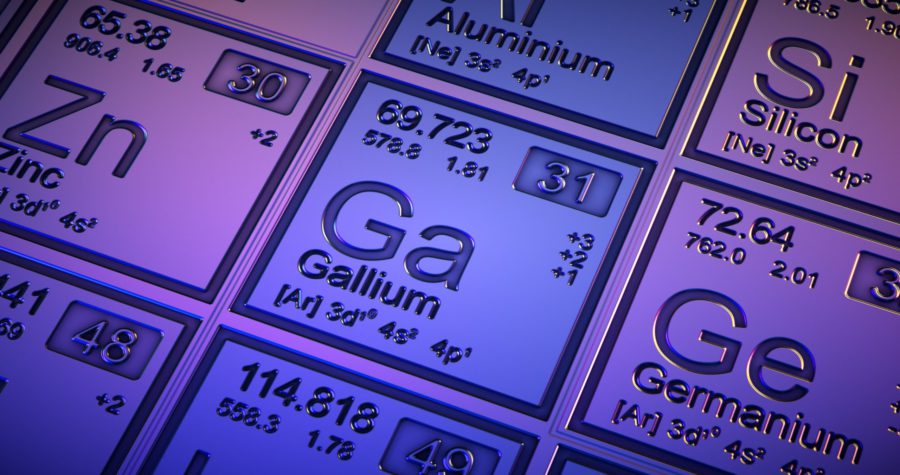Uranium price to recover next year on shortage, Trump policy, Sprott CEO says

The price of uranium will rebound from its lowest level in a year as supply shortages, nuclear energy’s promise for clean energy and president-elect Donald Trump’s America-first security stance provide support, the world’s largest investment fund in the physical metal says.
The heavy metal’s spot price fell to $76.56 per lb. this week, down from a 17-year high of $106 per lb. in February. But it should recover to between $90 and $100 a lb. by about June, according to John Ciampaglia, CEO of Sprott Asset Management. He runs the $5.1 billion Sprott Physical Uranium Trust (TSX: U.U for USD; U.UN for CAD).
The United States and other Western nations such as Canada, Australia and Namibia are restarting or ramping up production of uranium oxide. Yet, it’s nowhere near enough to meet just the 50 million lb. a year needed to power US nuclear power plants. Output from global leader Kazakhstan has been hampered by sulphuric acid shortages. The West is attempting to limit uranium supplies from pariah Russia, which controls some 40% of the world’s capacity to enrich uranium into fuel.
“What Trump will continue to do is support local industry in the name of national security and reshoring, and that obviously has implications right across the whole nuclear fuel supply chain,” Ciampaglia said in an interview on Friday with MINING.COM’s sister publication, The Northern Miner. “Canada will be a huge winner here as we restart uranium projects and build new uranium mines.”
Utilities defer
However, utilities, which buy the majority of their uranium in long-term contracts, haven’t been stocking up on supplies during the supply shortage as much as Ciampaglia expected. Even some miners such as Cameco (TSX: CCO; NYSE: CCJ) have had to buy uranium on the spot market to meet utility supply contracts when production fell short. The needs for some 60 new nuclear plants under construction aren’t reflected in the spot price, he said.
“We’re a little bit confused sometimes around the utility behavior,” he said. “We would have thought that their urgency to buy more uranium would be higher, given the risks to the supply chain, given some of the production challenges with the restarts and given the long timelines to get new mines online. The market over the next four to six years is going to be very supply challenged.”
He said the price fell this year over uncertainty about the US Congress passing an import ban in August against Russian enriched uranium. However, it doesn’t take effect until 2028 and some utilities may wait to see if Russia-friendly Trump cuts a deal with President Vladimir Putin to lift the sanctions.
“Energy security is driving a lot of the energy policy, so we’re really bullish on uranium,” Ciampaglia said, adding that the US depends on nuclear for 19% of its power. “That price correction we’ve had in uranium this year is very overdone.”
Trump’s avowed stance to impose tariffs on all kinds of global trade and Putin’s own threat in September to retaliate against the West with sanctions on uranium, nickel and palladium complicates matters. Yet, energy security will be the driving force, the CEO said.
“The US Department of Energy wants to force users in the US to shift to domestic sources, given this capacity that’s being built is very, very expensive,” Ciampaglia said. “They want that capacity to be filled through long-term contracts with the new capacity being scaled.”
Big tech
Uranium demand has more catalysts to rise as energy-hungry artificial intelligence spreads among tech giants Alphabet, the parent of Google, Amazon, Oracle and Microsoft. They’ve all bought property near nuclear plants, or made long-term power deals and expressed interest in the development of small nuclear reactors (SMRs).
“It’s really interesting that big tech with very deep pockets of capital are really stepping up to the plate and acknowledging that they just can’t fund the building of new solar and wind farms to power these AI data centres,” Ciampaglia said. “They also need firm clean power coming from large-scale reactors.”
Microsoft announced a 20-year power purchase agreement with Constellation Energy in September. It includes nuclear power from the Crane Clean Energy Center and the restart of Three Mile Island Unit One. French state nuclear company Orano chose Tennessee in September to build an enrichment plant and its expanding another in southern France. Urenco, a British-Dutch-German nuclear fuel consortium, is expanding a site in New Mexico.
Projects due
One the production side, Cameco has been ramping up production at the MacArthur River and Key Lake mines in Saskatchewan. The plants were idled when uranium prices were low before the surge of green energy investments to limit climate change. Denison Mines (TSX: DML; NYSE: DNN) and NexGen Energy (TSX: NXE; NYSE: NXE; ASX: NXG) are progressing their advanced-stage Wheeler and Rook I projects, respectively.
Even so, the projects are years if not a decade away from producing. Also, the Canadian government has launched a national security review of Paladin Energy’s (ASX: PDN) proposed C$1.1 billion takeover of Saskatchewan uranium developer Fission Uranium (TSX: FCU).
Meantime, Cameco and Kazakhstan’s Kazatomprom (LSE: KAP), in a joint venture on the Inkai mine in the central Asian country, said this month it was performing about 20% below expectations.
Likewise, south of the border companies such as Uranium Energy (NYSE-AM: UEC) and Energy Fuels (NYSE: UUUU; TSX: EFR) are reopening sites in Wyoming, Texas, Arizona, and Utah after years of inactivity.
Delays
But Energy Fuels’ Canyon project near the Grand Canyon has faced delays due to regulatory challenges, environmental opposition and legal battles with groups concerned about its impact on the nearby national park and groundwater. EnCore Energy’s (TSXV: EU; NASDAQ: EU) Dewey Burdock project in South Dakota and Uranium Energy’s Sheep Mountain project in Wyoming have faced similar hurdles.
The Sprott Physical Uranium Trust raised about C$65 million to C$70 million in new equity in the last six weeks or so, the CEO said. It’s prepared for another September-to-May period when more long-term contracting tends to occur, he said.
“After having a little bit of a low, given all the distractions, we’re just going to get back into another up period,” he said. “We’d love to get back to buying more uranium.”
More News
Nova Scotia mining association applauds passage of bill that could end uranium ban
Earlier this week, a government bill that includes a repeal of Nova Scotia's uranium ban was cleared for third reading at the legislature.
March 27, 2025 | 10:41 am
Greece’s Metlen sees gallium production at 50t in 2028, enough to cover EU needs
The Greek company plans to invest 300 million euros in the extraction of gallium from raw materials.
March 27, 2025 | 09:32 am
{{ commodity.name }}
{{ post.title }}
{{ post.excerpt }}
{{ post.date }}



2 Comments
West Coast Commentator
Correction: Crane Clean Energy Center IS THE NEW NAME of Three Mile Island Unit One.
The excellent performing nuclear power plant was taken out of service due to low power prices five years ago and we are helping it to restart and refuel right now for Constellation Energy.
Shawn perger
Great publication thank you everyone.
Shawn Perger